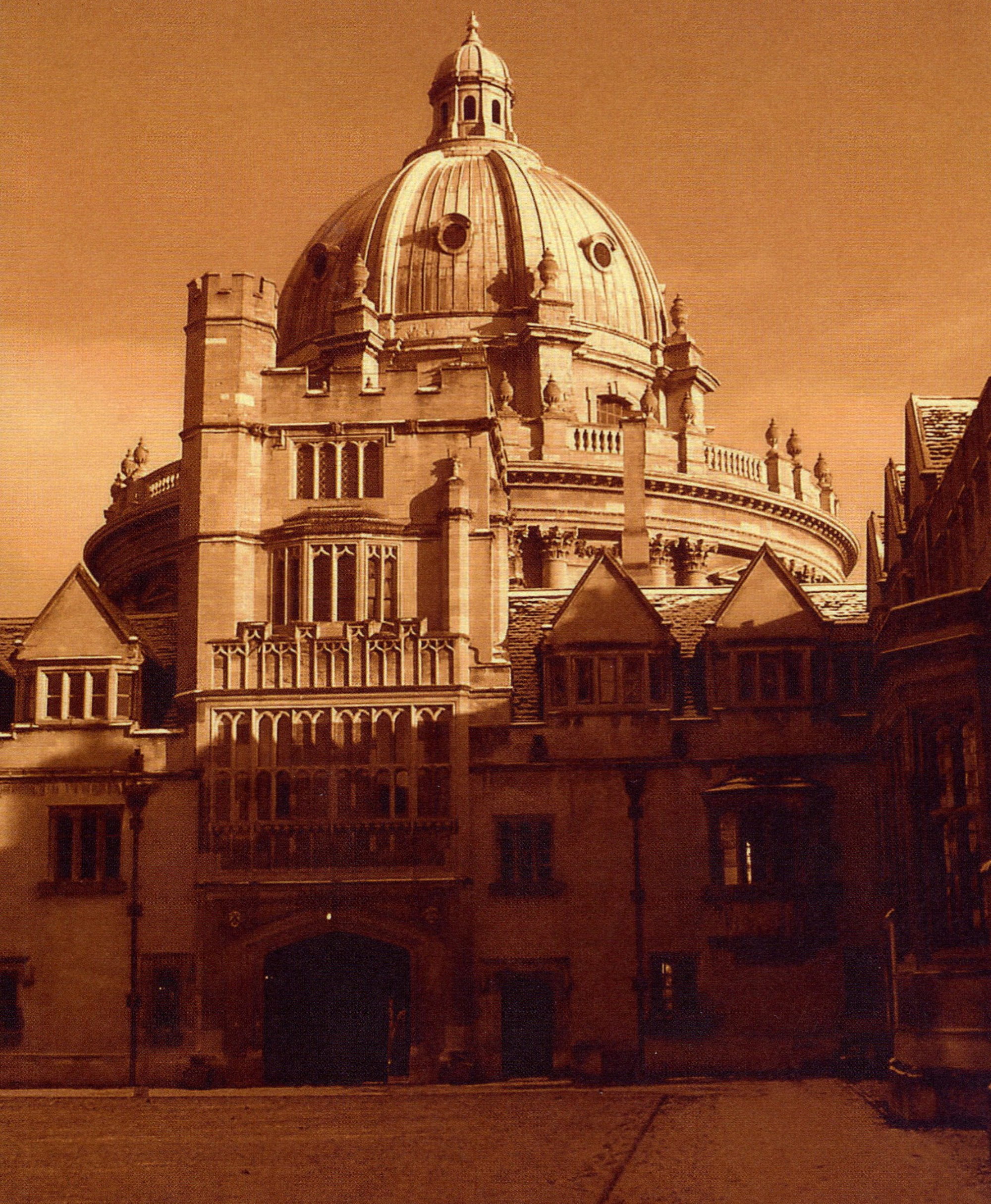A prime number is a positive integer, not equal to one,
and divisible only by itself, and by one. Examples are
2, 3, 5, 7, 11, 13, 17, …
The integer one will not be included because it would
disrespect the Fundamental Theorem of Arithmetic
which states that all integers greater than one factor
uniquely, up to reordering, into prime numbers.
Concerning the prime numbers, there exist interesting
theorems which have been proven rigorously and even
more interesting easy-to-state unproven conjectures
which could become theorems in our lifetimes.
* Infinite number of primes. (Theorem).
Proof: Assume there is a finite number of prime numbers
pl, p2, p3, … pn.
Take the product, of all n primes, and add one.
This is either a prime, or divisible by a prime, bigger than pn.
So the assumption is false.
Therefore, there is an infinite number of primes.
This proof is in Euclid’s Elements, c. 300 BC.
* Vinogradov. (Theorem). [1937]
Every, sufficiently large, odd integer can be written
as the sum of three prime numbers.
* Chen. (Theorem).
Every sufficiently large even integer can be written
as the sum of a prime number, and a semiprime, where a
semiprime is a product of two prime numbers.
* Chen. (Theorem). [1966]
There is an infinite number of pairs of positive integers
(p, p+2) where p is prime or semiprime.
* Green-Tao. (Theorem). [2004]
The sequence of prime numbers contains arbitrarily long
arithmetic progressions. For any natural number k, there
exist k-term arithmetic progessions of primes.
* Dirichlet. (Theorem).
Every arithmetic progression, of the form (an+b), where a, n
and b are positive integers, contains an infinite number, of
prime numbers.
* Zhang. (Theorem) [2013]
The gap (pn+1 – pn) between successive prime numbers
possesses a finite limit for asymptotically large n. The limit Zhang obtained was 70,000,000, subsequently lessened by others.
This can be regarded as progress toward proof of the twin-prime conjecture.
* Legendre conjecture (Unproven)
There always exists at least one prime between successive
perfect squares n2 and (n + 1)2, where n = 1, 2, 3,…
* Near square conjecture (Unproven)
There are infinitely many primes p such that (p – 1)
is a perfect square; in other words, there are infinitely
many primes of the form n2 + 1.
* Twin prime conjecture (Unproven)
Made by de Polignac in 1849.
The number of pairs of primes (p1, p2), with
p2 = (p1 + 2), is infinite.
* Generalized twin prime conjecture (Unproven)
Also made by de Polignac in 1849.
The number of pairs of primes (p1, p2), such that
p2 = (p1 + n) with n any even integer, is infinite.
* Goldbach conjecture (Unproven) — exceptionally simple to state.
Every even integer, greater than two, can be written as the sum of two primes. This conjecture has stood unproven since 1742 when Goldbach made it in a letter to Euler who replied that it is definitely a theorem but he was unable to provide a proof, an inability easy to understand because it remains unproven 276 years later.
